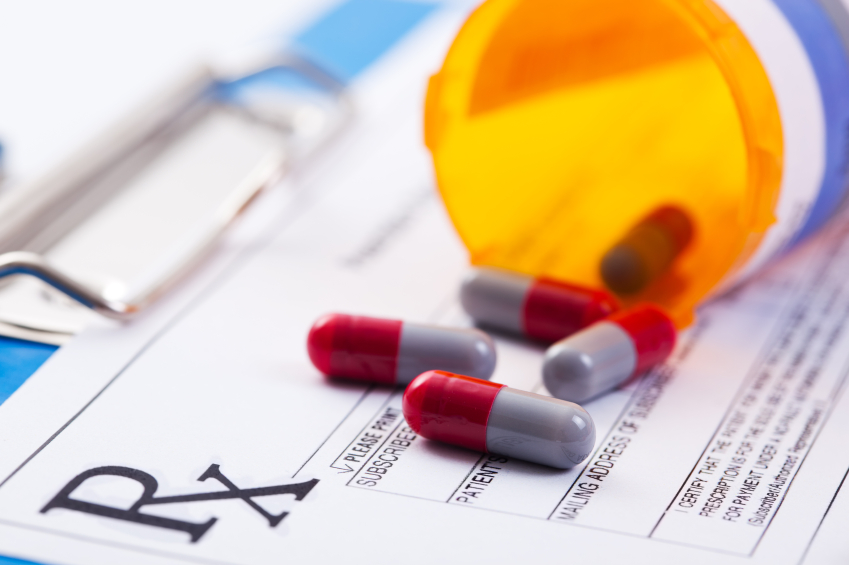Antibiotic resistance and how it affects you

By Mikie Strite, MPH Epidemiologist

Epidemiologist
Have you ever read an article or seen a news clip where they talk about a new super bug that is making its way into the population? A lot of the time, these super bugs are actually everyday diseases that we see within our communities, but they have developed antibiotic resistance. What this means is that the organisms and viruses that cause these infections have developed a resistance to antibiotics. One of these that you have likely heard of is MRSA (Methicillin Resistant Staphylococcus Aureus). So, you may be asking yourself, “How does this happen?” There are several different ways in which this can happen, but we are going to talk about how it happens in humans and how you can help change the course of antibiotic resistance in today’s world, as well as some examples.
First, let’s talk about how antibiotic resistance works. When someone is infected with some bacteria, they go to the doctor and get a prescription for an antibiotic. If they have a virus, they don’t need an antibiotic but sometimes they may still be prescribed one. If this happens, bacteria that naturally live within the body can transmit resistant properties to other bacteria. This is one way in which antibiotic resistance can take place.
The next way bacteria can become resistant is by improper use of prescribed antibiotics. It is very important to take all of your antibiotic and to take it the way it was prescribed. When you don’t properly take your antibiotics, all of the bacteria may not be killed. This means that they can develop resistant properties.
The final way we are going to talk about is through infection of an antibiotic resistant organism. Sometimes, when a person is infected with some bacteria, some of the bacteria may already be antibiotic resistant. When this happens, the antibiotics kill all of the nonresistant bacteria but leave the resistant bacteria behind. This then allows for the antibiotic resistant bacteria to grow and give their drug resistant properties to other bacteria.
 This may not seem like that big of a deal, but depending on the circumstances, antibiotic resistance can cause a person a lot of problems. These problems can range from severe illnesses, higher drug costs, less effective alternative drugs, use of more toxic drugs, and increased recovery times. In some cases, antibiotic resistance may even lead to death. Some of the most severe antibiotic resistant threats that we are currently experiencing are C. diff, carbapenem-resistant Enterobacteriaceae, and Gonorrhea. Other serious threats include Acinetobacter, VRE (Vancomycin-resistant Enterococcus), MRSA, tuberculosis, and salmonella.
This may not seem like that big of a deal, but depending on the circumstances, antibiotic resistance can cause a person a lot of problems. These problems can range from severe illnesses, higher drug costs, less effective alternative drugs, use of more toxic drugs, and increased recovery times. In some cases, antibiotic resistance may even lead to death. Some of the most severe antibiotic resistant threats that we are currently experiencing are C. diff, carbapenem-resistant Enterobacteriaceae, and Gonorrhea. Other serious threats include Acinetobacter, VRE (Vancomycin-resistant Enterococcus), MRSA, tuberculosis, and salmonella.
After reading all of this, you are probably wondering what you can do today to change the course of antibiotic resistance for tomorrow. The first step you can take is simply preventing infection. Avoiding an infection in the first place can reduce the likelihood of resistance developing from antibiotic use. You can do this through washing your hands, staying up to date on vaccines, practicing proper food preparation, keeping your water safe, and preventing the spread of STDs. The second step you can take is properly taking your antibiotics when they are prescribed to you. The third step you can take is not asking for antibiotics unless they are absolutely necessary. If you don’t have a bacterial infection, you don’t need an antibiotic.
If you have more questions about antibiotic resistance, you can talk to your physician or check out the resources listed below.
Resources
Center for Disease Control. (2017). Antibiotic/Antimicrobial Resistance: Biggest Threats. Retrieved from https://www.cdc.gov/drugresistance/biggest_threats.html
Center for Disease Control. (2017). Antibiotic/Antimicrobial Resistance: About Antimicrobial Resistance. Retrieved from https://www.cdc.gov/drugresistance/about.html
Mayo Clinic. (2014). Antibiotics: Misuse Puts you and others at risk. Retrieved from https://www.mayoclinic.org/healthy-lifestyle/consumer-health/in-depth/antibiotics/art-20045720






